Other
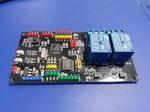
“Last month I spent quite a lot of time on expansion modules for use with the ESP-12E I2C Base Card. While the system worked exceptionally well as a prototyping and firmware testing platform ( as originally intended ), I immediately saw …

“The project described here is a power-saving pulse-width modulator (PWM) controller for solenoids with an internal supply regulator. The board is based on the DRV110 IC which is a PWM current controller which is specifically designed for solenoid and relay …
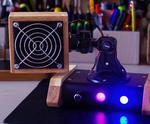
“I’ve had couple of soldering fume extractors before. First one didnt have enough power, and second one was just a fixed box without any articulating options, in many cases i could not find good position for it, it was …
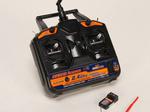
“Using a standard RC transmitter (HobbyKing HK-T6A) you will learn how to create and test Verilog to decode 6 channels of PWM. The transmitter outputs 6 PWM channels at 50Hz with each channel ranging from 1000us to 2000us. There …

“After 20+ years of programming, I wanted to get some understanding of the electronics that make my career possible. I had built the basic individual logic gates with transistors on a breadboard, but to build anything meaningful I needed loads …

“For controlling DC motor speed, often the PWM method is used. Using this method you can accelerate or decelerate the motor speed, but without any feedback, the speed of the motor strongly depends on the conditions, like the motor load …
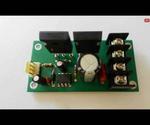
“DC motors are everywhere, from hobby applications to robotics and industrial areas. Therefore there is wide usage and request for suitable and powerful DC motor drivers. In this article, we will learn to build one. You can control it using …
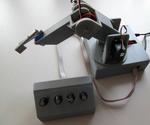
“Robotic arms are widely used in industry. Whether it is for assembly operations, welding or even one is used for docking on ISS (International Space Station), they help humans in work or they replace human totally. Arm that I’ve …
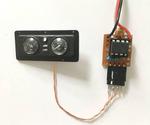
“This is a short project that I created as part of a larger RC build of a Lightweight Land Rover. I decided that I fancied having a working speedometer in the dashboard, but I knew that a servo wouldn’t …
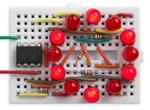
“This project describes how to get 12 analogue PWM outputs from an ATtiny85, so you can drive 12 LEDs with individual control over each LED’s brightness Each LED can be set to a brightness between 0 (off) and 63 …

